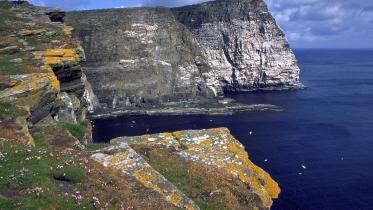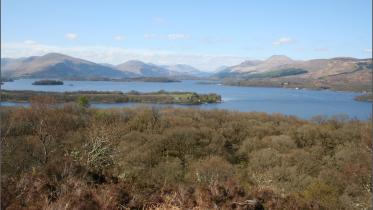Managing coasts and seas - wireweed diagnostic features
Published: 2018
How to recognise wireweed
Wireweed is a large olive-brown seaweed that can grow more than a metre long. The plants have long main branches with side branches that hang like washing from a line when held out of the water. The lateral branches support distinctive grape-like air bladders (picture). These branches can break off from the base and they can be found floating individually or in large masses. The base remains attached to the rock and will regenerate new branches in spring.
Diagnostic features
The air bladders on wireweed are small (pea-size or ball-bearing size or smaller) and are on short stalks. They are never within the fronds themselves as they are in the native bladderwracks. Some native bladderwracks have reproductive "bladders" on short stalks, but don't confuse these with the air bladders on wireweed. The air bladders on native bladderwracks tend to be large and are within the fronds.
Wireweed fronds are circular in cross-section, not flattened as they are on many of the native bladderwracks.
Wireweed tends to be found growing very low down on the shore, between the native bladderwrack zone and the kelp zone. Normally, you can only see them on very low spring tides. They can also grow in sheltered rockpools.
When floating on the surface of the water, wireweed forms a smooth canopy on the water surface. Native bladderwracks look more spikey on the water surface, with their leaflets sticking like small spikes out of the water.
Wireweed has one or more main branches (quite strong and "wirey") from which side branches hang down (forming the washing-line appearance). Although other bladderwracks also have these side branches, they do not neatly line up along the main branch in the same way.
Colour is not a good diagnostic characteristic. Although wireweed tends to be an olive-yellow colour, it can vary quite a bit.
Similar species
Similar-looking species can be confused with wireweed. The following are common native seaweeds in UK waters.
This alga has been mistaken for wireweed in the past. The growth form is similar but the oval, pod-shaped bladders are quite different from wireweed.
Fronds are 1-2 m long but with elongate air bladders rather than the round bladders found on wireweed.
Fronds are flattened, about 20-40 cm long with round air bladders in pairs along the fronds.



